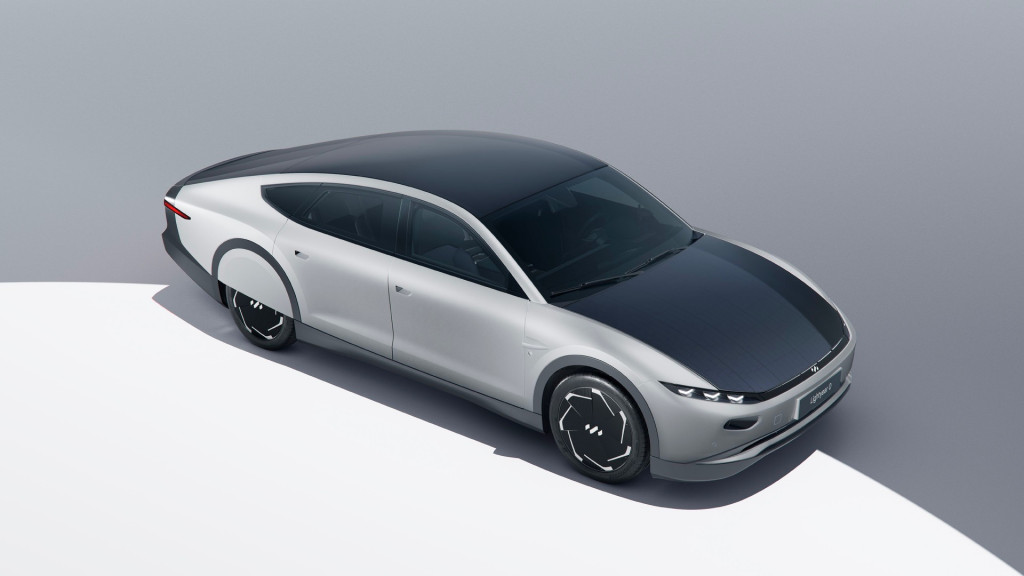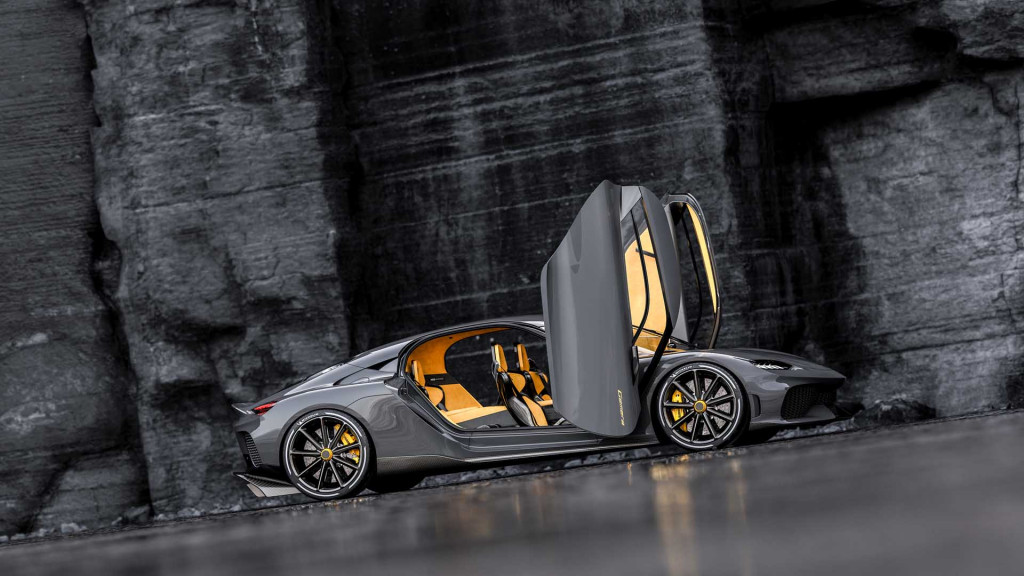Lightyear will borrow tech from Swedish supercar builder Koenigsegg for its upcoming mass-market solar-assisted EV. Koenigsegg is also investing in Lightyear, the two companies confirmed in a press release.
The startup unveiled its first production car, the Lightyear 0, in June with a price tag equivalent to roughly $260,000 and an initial run of just 150 cars. Dubbed Lightyear 2, the planned second model aims to be much more affordable, with subscription options. Lightyear is currently planning for a 2024 or 2025 launch.

Lightyear 0
Just as with the Lightyear 0, the aim is to "leapfrog the grid" and rarely need to fast-charge. Lightyear claims the 0's integrated solar panels can add up to 43 miles of range per day on top of its estimated 388 miles of range on the WLTP testing cycle.
Lightyear said it's turning to Koenigsegg to help achieve similar performance in the more affordable 2. That's in addition to technology Lightyear has developed on its own. It claims its drive system, with in-wheel motors, is the most efficient one in the world on a production vehicle.

Koenigsegg Gemera
Koenigsegg has been interested in solar for a long time. Back in 2009 it considered building the Quant solar EV. And while it exclusively builds supercars, Koenigsegg does not shy away from efficiency-boosting tech. One of its newest models is the Gemera, which uses a 2.0-liter turbocharged 3-cylinder engine and a trio of electric motors for propulsion. The engine and motors were developed in-house by Koenigsegg.
It's unclear where the Lightyear 2 will be built. Lightyear doesn't have a factory of its own; production of the Lightyear 0 is being handled by contractor Valet Automotive in Finland. Lightyear hasn't confirmed whether that arrangement will extend to the higher-volume follow-up model.












